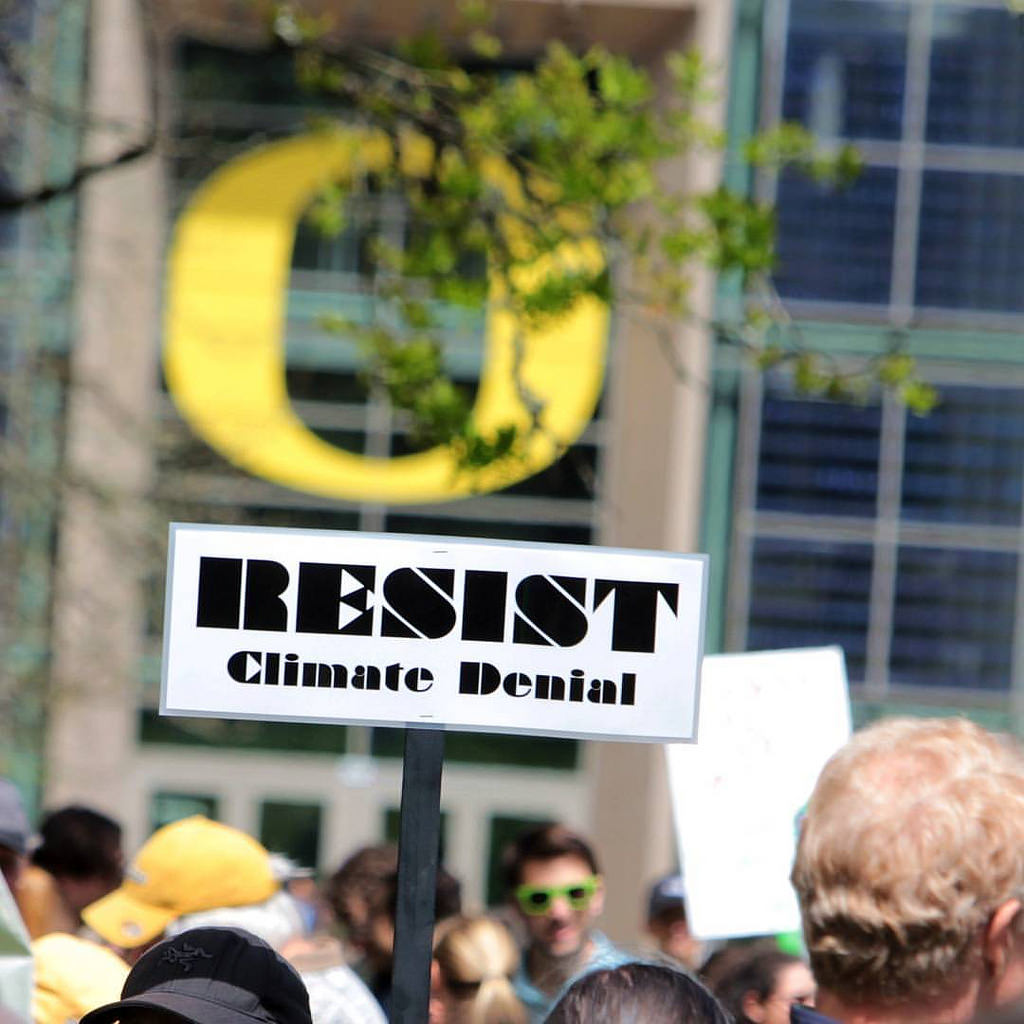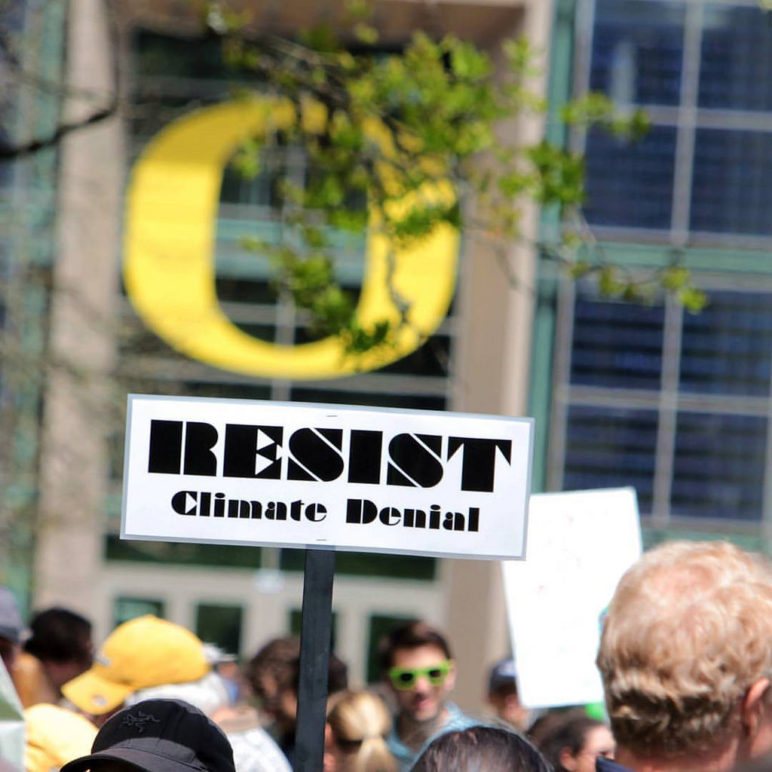Soccer players are notorious for dramatizing injuries, writhing on the ground in apparent agony, appealing to the referee to punish the other team for inflicting such pain. Once the ref makes the call, they jump up and run back on the field.
Their claims that the science-driven action that’s protected families for generations would somehow harm us flies in the face of history, and shows a lack of faith in American ingenuity and entrepreneurship.Gina McCarthy, former EPA Administrator
Industry players do the same thing every time the public tries to put in place protections against pollution. They wring their hands and wail, telling legislators that the proposed protections will inflict enormous pain on them and their workers and customers, at best raising costs to unacceptable levels, at worst driving them out of business completely. But if legislators listen to their constituents and impose safeguards against pollution anyway, the industry jumps back up and carries on, often doing even better than they had before, while the public benefits from cleaner air and better health.
The same old pattern is playing out in Oregon right now with a flawed, industry-backed study claiming the Clean Energy Jobs Bill will cost Oregonian households thousands of dollars, will cost the state’s economy billions, and will cause jobs to leave the Beaver State. These claims, like so many that came before them, are exaggerated. To get a sense of just how far industry will go to avoid protecting public health and well-being, let’s take a little tour of past industry claims and how events actually played out.
Industry Cried Wolf |
What Actually Happened |
| If Ford has to put seatbelts and safety glass in cars, “we’ll have to close down.” –Henry Ford II, CEO of Ford Motor Company, 1966 | Ford not only remained in business but remained in the top 10 global automakers for the following nearly five decades. |
| The 1970 Clean Air Act “could prevent continued production of automobiles after January 1, 1975.” –Lee Iacocca, Executive VP of Ford Motor Company, 1970 | Ford sold 275 million cars from 1978 to 2017. |
| The Clean Air Act safeguards “could do irreparable damage to the American economy. And yet, in return for all of this, they would lead to only small improvements in the quality of air.” –Lee Iacocca, Executive VP of Ford Motor Company, 1970 | The American economy grew 66% from 1975 to 1990, or 217% from 1975 to 2017. Meanwhile, the Clean Air Act was saving 205,000 lives per year by 1990. |
| If GM has to put catalytic converters in cars, “it is conceivable that complete stoppage of the entire production could occur, with the obvious tremendous loss to the company, shareholders, employees, suppliers, and communities.” –Ernie Starkman, General Motors, 1973 | GM sold more than 300 million cars with catalytic converters from 1975 to present. |
| Fuel economy standards might “…outlaw a number of engine lines and car models, including most full-size sedans and station wagons. It would restrict the industry to producing subcompact size cars—or even smaller ones—within five years.” –Alan Loofburrow, VP of Engineering, Chrysler, 1974 | In the US alone in 2017, Chrysler sold almost 300,000 sedans and station wagons that meet federal fuel economy standards. |
| Power companies predicted the 1990 cap-and-trade program for clean air would cost utilities $1,000-$1,500 per ton of pollution and increase electricity prices 10 percent. | Actual pollution costs were between $100-$200, and electricity costs fell for consumers in most states. |
EPA Administrator Gina McCarthy may have said it best when she announced the federal Clean Power Plan in 2014:
There’s a reason empty allegations from critics sound like a broken record. It’s the same tired play from the same special-interest playbook they’ve used for decades. In the ‘60s, when smog choked our cities, critics cried wolf and said EPA action would put the brakes on auto production. They were wrong. Instead, our air got cleaner, our kids got healthier—and we sold more cars. In the ‘90s, critics cried wolf and said fighting acid rain would make electricity bills go up and our lights go out. They said industry would, quote, die a “quiet death.” Wrong again. Industry is alive and well, our lights are still on, and we’ve dramatically reduced acid rain. Time after time, when science pointed to health risks, special interests cried wolf to protect their own agenda. And time after time, we followed the science, protected the American people, and the doomsday predictions never came true.
Now, climate change is calling our number. And right on cue, those same critics once [again] will flaunt manufactured facts and scare-tactics, standing in our way of our right to breathe clean air, to keep our communities safe, and to meet our moral duty as stewards of our natural resources. Their claims that the science-driven action that’s protected families for generations would somehow harm us flies in the face of history, and shows a lack of faith in American ingenuity and entrepreneurship.
I don’t accept that premise. We can lead this fight. We can innovate our way to a better future. It’s what America does best. Yes, our climate crisis is a global problem that demands a global solution, and there’s no Hail Mary play we can call to reverse its effects. But we can act today to advance the ball and limit the dangers of punting the problem to our kids.
In Oregon, industry interests are once again crying wolf about pollution protections. But the real wolf at our door is climate chaos, and Oregonians want to do something about it. Instead of cowering from industry’s fabricated costs of the Clean Energy Jobs Bill, Oregon can fight pollution, build a clean energy economy, and lead the way on climate action.











Mike O’Brien
Thanks, great article!
John Young
“They wring their hands and wail, telling legislators that the proposed protections will inflict enormous pain on them and their workers and customers, at best raising costs to unacceptable levels, at worst driving them out of business completely.”
But isn’t this just called weeding? Get rid of the weeds and replant with more desirable, more environment compatible and enriching flora and fauna. Let the customers shop elsewhere, explore other lifestyles. Let the laid off workers find better jobs with better work environments and better compensation packages. Life will go on without them, may even get better without them and their vulture ways.
John McGarry
Thanks for marshalling the historical facts relating to unfounded allegations about loss of jobs and higher costs. I found these same issues raised in the early 1970s (a long time ago) when I got started with the environmental movement. As I keep telling my friends, it was the Republicans who were the leaders in the movement while the Democrat party were concerned about the impact on labor unions and drank the tea of the resistance. My, how things have changed!
Thanks again for the good reporting. It is the same old song but we need to keep exposing the flawed, baseless conclusionary arguments.